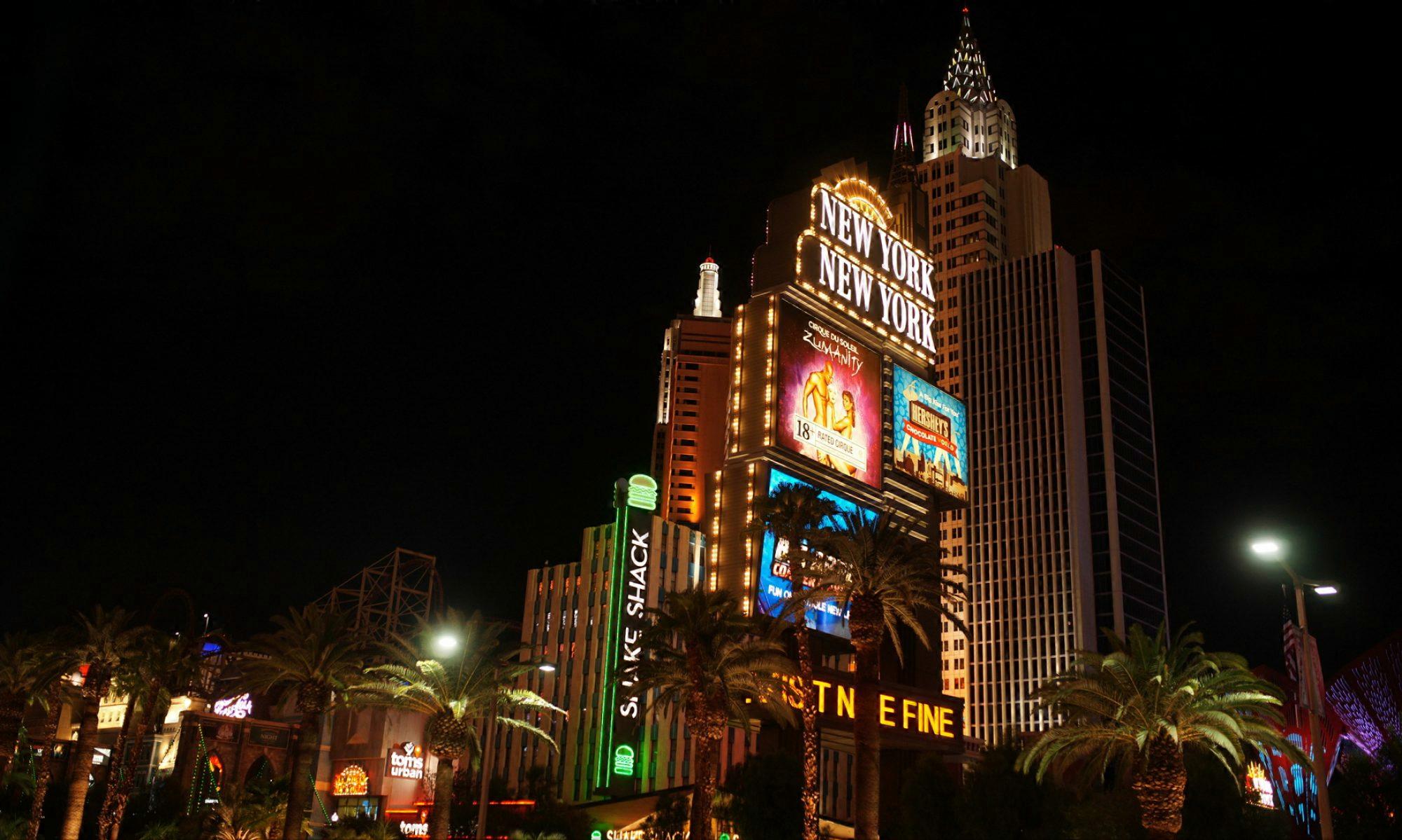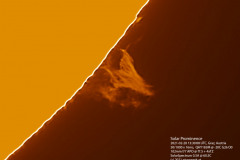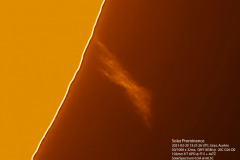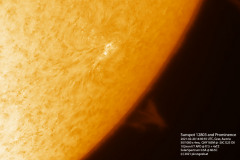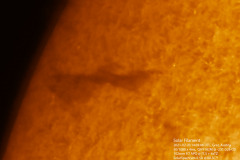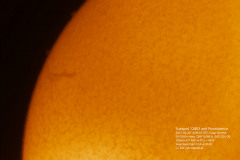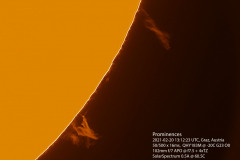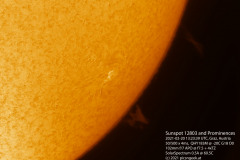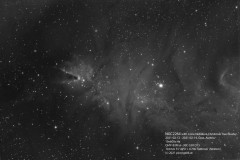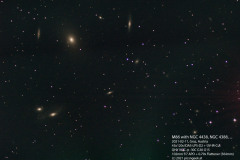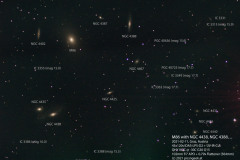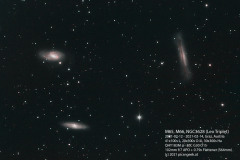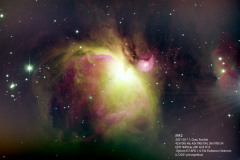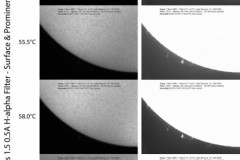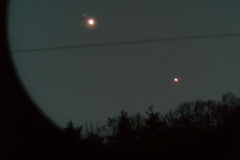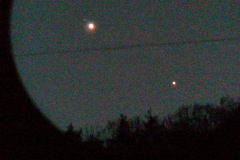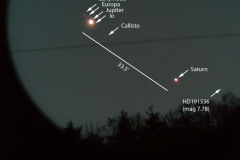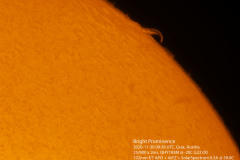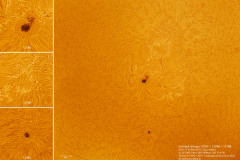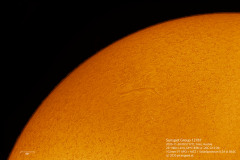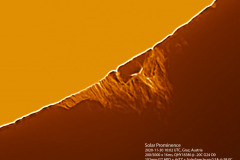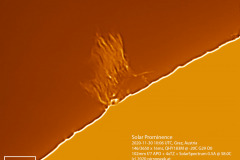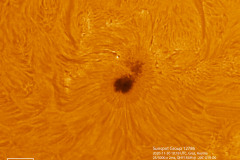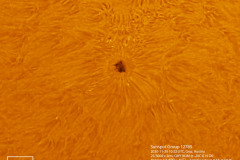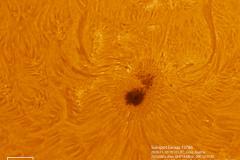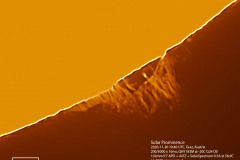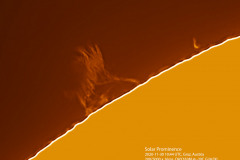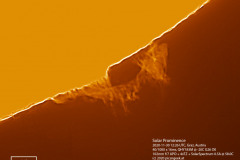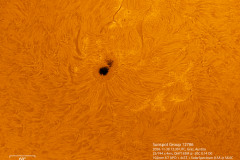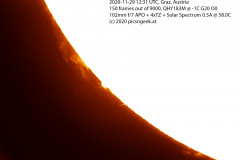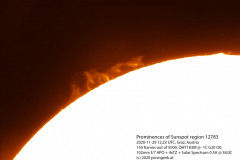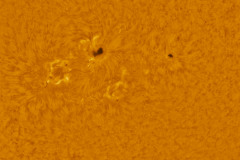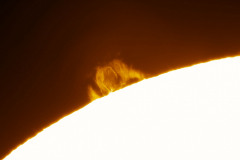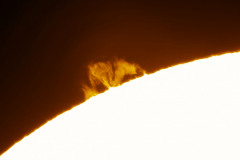Winter has just begun and the days as well as nights are already annoyingly full of clouds or high layers of fog. So there is no way to see stars or planets for days or weeks. This situation is especially annoying, if there is a special celestial event like the greatest conjunction of Jupiter and Saturn in years. Jupiter and Saturn were a mere 6 arc-minutes apart from each other on December 21.
On December 26 I did not expect anything better when beeing out a bit. Though this evening, clouds opened up for a couple of minutes to show Jupiter and Saturn very low above the horizon. Jupiter and Saturn had a angular separation of 33.5 arc-minutes.
I had my smartphone and a 50mm pocket telescope with 15-45x magnification at hand. Not much for high-res images. Even worse, I did not have a tripod or anything else to stabilize the hand held setup. Though I could capture the moment. And judging the shaky hand-held setup (telescope in one hand, leaning against a wall, smartphone in the other), it is really beautiful! Fortunately, I captured a burst of 40 frames, so that I could reduce noise significantly (see the raw and processed image below).
For this kind of setup I am really amazed, that the four big Jovian moons as well as a 7.78mag Star can be discerned (see labelled image)!
Acquisition details:
Telescope: no-name 50mm, 15x-45x extendable pocket telescope
Camera: Huawei P30 lite
Location: Graz, Austria
Time: 2020-12-26 16:12 UTC
40 frames (burst capture), manually aligned and stacked in Photoshop (neither PixInsight, Deep-Sky-Stacker nor AutoStakkert were able to align!)
